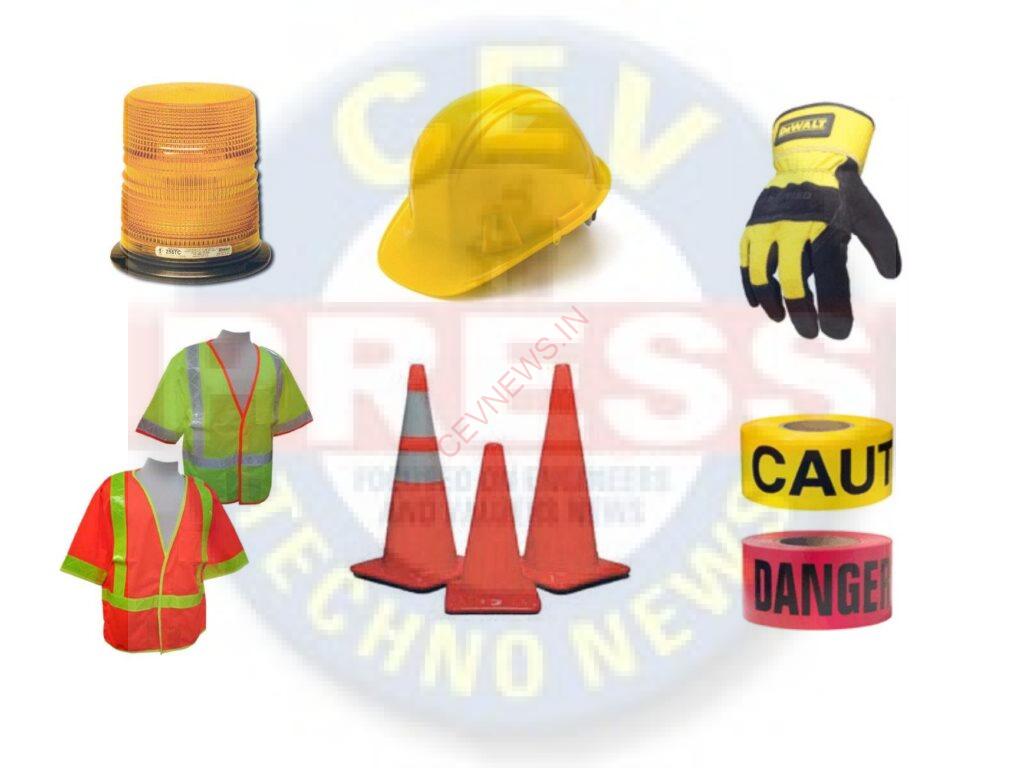Site engineers are always subjected to risks and dangers. It is a part of a site engineer’s daily life as the construction site is full of big equipment, machinery, and hazardous materials. Apart from that, there are concerns about height, high temperature, and sharp-edged materials and tools. Thus, it requires a site engineer to be always aware of their environment and take precautions to keep away from disasters. If this is your first job as a fresh engineering graduate, there is more reason that you should know about the various safety regulations that should be usually followed. Here are some of the precautions and safety measures that a site engineer to keep in mind while working in a constructions site:
Use protective gears all the time
Make it a habit to wear proper protective gear every time you are at the construction site. Protective gears will help to alleviate any misfortunes and protect the vital parts of your body. Make sure that you wear only certified gear from reputed suppliers and do not compromise with your safety. Be safe from head to toe with hard hats, safety eyeglasses, protective gloves, and bright colored overalls. Also, be sure that all these protective clothing fit well and are not loose. If they are losing you might trip on them or not get the required protection.
Get to know the site
Perform a thorough walk-through of the site with someone who knows the site well to get familiar with it. Most of disasters happen because someone is at the wrong place at the wrong time. Get to know the timing and the place of different activities that take place at the construction site. Check out for any scaffoldings or ladders that are wobbly or weak and any construction area which might have the danger of falling debris. Replace the equipment in question or keep away from those areas.
Keep an eye out for anything that is suspicious and proves to be unsafe. Check out if there are any hazardous materials and potentially dangerous equipment lying out in the open. Inform your seniors or the person concerned with maintaining the safety of the work site. Also, find out emergency exits in case of fire and ask your supervisors about fire fighting resources.
Look out for any air pollutants
Often in some industries like oil and petroleum exploration and chemical manufacturing, site engineers are subjected to the risk of hazardous gaseous substances. So be prepared and always wear protective masks and such gears that help in the prevention of inhaling such gasses. Do a regular risk assessment and let the safety management team know if there are any issues related to such hazardous substances.
Be aware of the electrical connections and equipment at the site
Construction sites are usually full of electrical wiring for running equipment and lighting. Be vigilant of any open electrical connections and be cautious while utilizing these connections. If there are any open connections, let the electrical engineer know about it.
Keep first aid ready
Make sure that you have sufficient first-aid ready at all times so that you can handle any accidents if it occurs. Also be assured that you and your fellow site engineers get proper education on how to use first-aid properly whenever it is needed. Most of the injuries if treated immediately helps in limiting the danger and reduce the risk of infections.
Key Points of Safety Measure :
- To protect your eyes from cement dust and from splattered mortar or concrete, wear safety glasses or
- Since masonry involves heavy lifting, be careful to avoid back strain and injury-always bend your knees, keep your back straight, and lift with your
- Small, shallow concrete footings can sometimes be formed by earth trenches if the soil is stable, but most concrete work requires building forms to shape and hold the mix until it hardens. Forms for concrete must be strong, tightly fitted, and rigidly
- The deeper the concrete, the greater the pressure it will exert on the formwork, so don’t be afraid to use an extra stake or two to help ensure that forms will not bulge or bow out of shape during the pour.
- Drive supporting stakes slightly below the height of the string so they won’t interfere with leveling or finishing the concrete surface.
- On residential projects, it is more common to use wheelbarrows or buggies to move the concrete from the mixer to the forms. You can build ramps and runways over the forms to keep them from bumping the boards or displacing the reinforcing steel.
Post Views:
16

